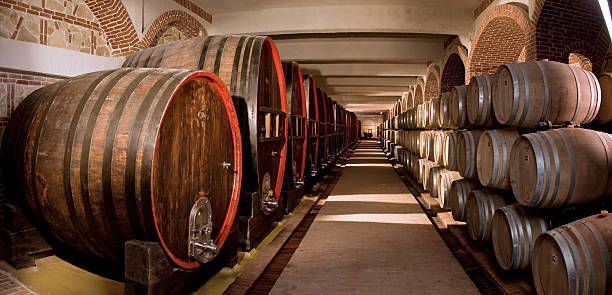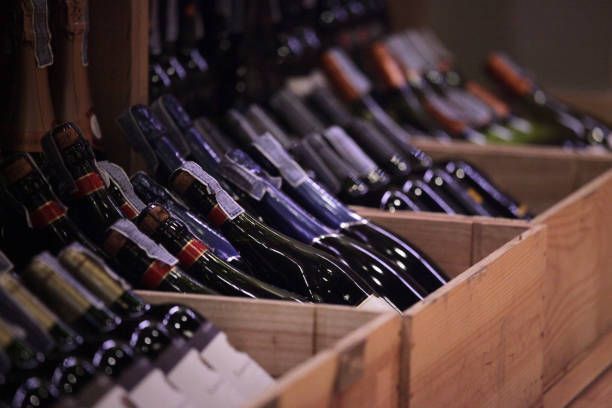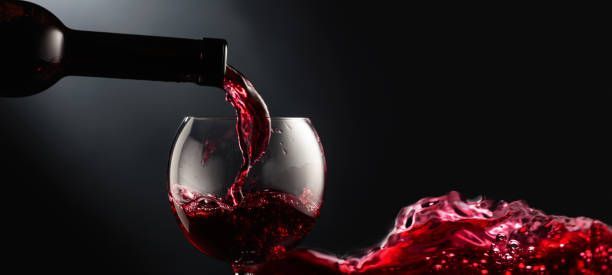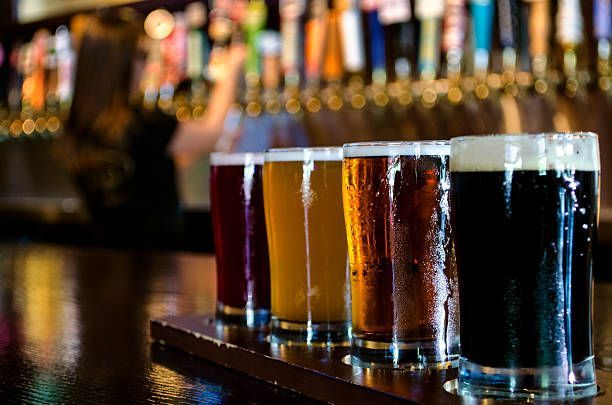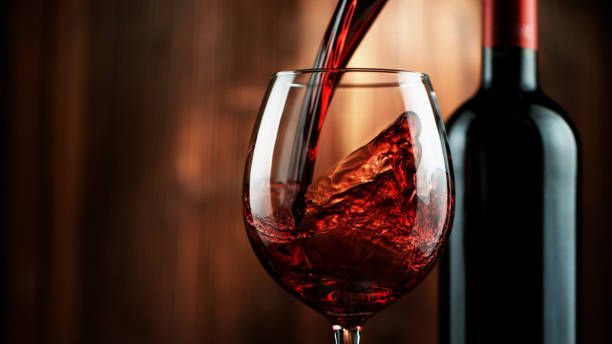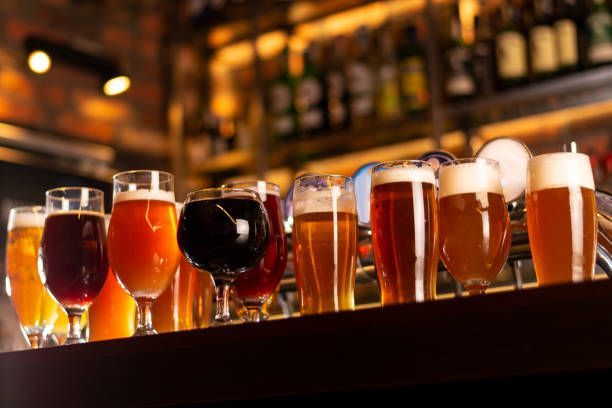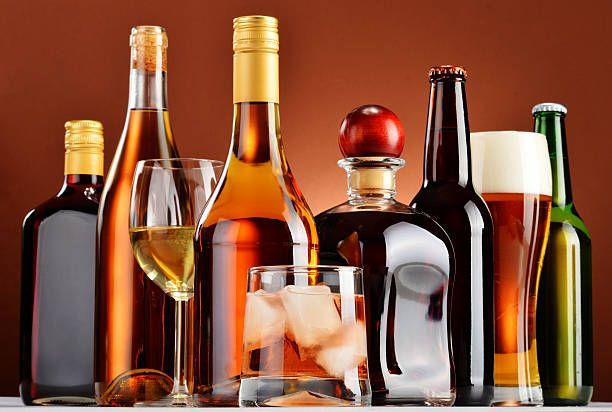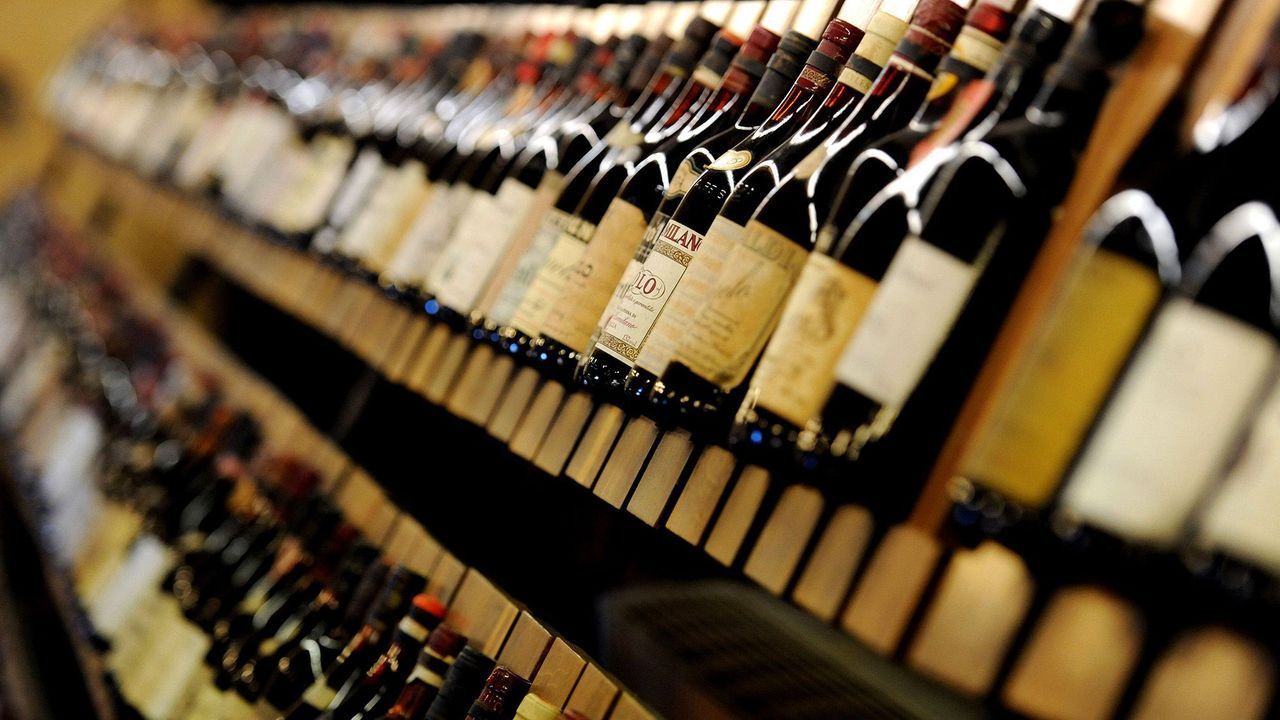Alcohol Levels In Distilled Spirits
Distilled spirits have been a popular alcoholic drink for centuries. Unlike wine and beer, distilled spirits are created through the distillation process, which includes burning a fermented concoction and isolating the alcohol from the other substances. This process produces a strong, high-proof beverage with varying flavors, textures, and colors based on the substances utilized and the distillation process.
Understanding the levels of alcohol in different distilled spirits is critical for health safety and making informed drinking decisions. Distilled spirits, unlike wine and beer, may contain more alcohol in them, which can result in quicker and far more extreme intoxication if excessive amounts are consumed.
Furthermore, various kinds of distilled spirits could have varying alcohol levels, which makes it essential to fully comprehend the ABV or evidence of a specific drink before drinking it.
You can make informed decisions about what to drink and how much to consume for a safe and enjoyable experience by understanding the alcohol levels in distilled spirits. This article summarizes levels of alcohol in distilled spirits, different ways of measuring alcohol concentration in distilled spirits, and the significance of ABV and alcohol proof. It will also discuss the factors influencing alcohol levels in distilled spirits and how to drink responsibly.
Different ways of measuring alcohol concentration in distilled spirit
Early distillers in America used to measure the alcohol content of their distilled spirits by shaking it in the glass and watching the bubbles. Large bubbles which vanish quickly indicate an alcohol content, whereas smaller bubbles that vanish slowly indicate a lesser alcohol content. Alcohol can now be proven more quickly and accurately with the help of a few simple tools. These methods include:
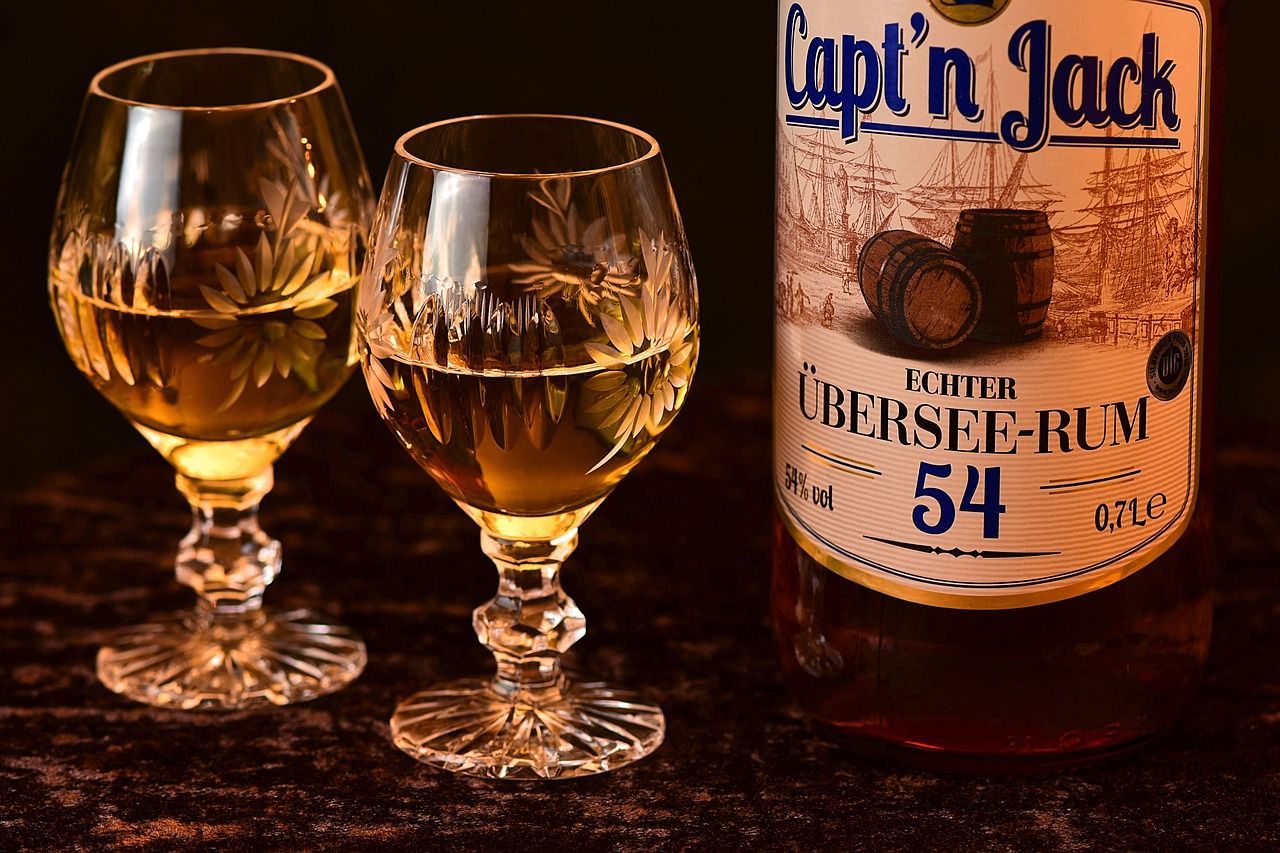
Use of an Alcoholmeter
An alcoholmeter is a gadget used to determine the alcohol levels of a liquid, including distilled spirits. The Alcoholmeter works by floating it inside the spirit, and it measures the alcohol by volume (ABV) of the spirit. Depending on the liquid's density, the alcoholmeter is scaled to give an accurate result of the alcohol level.
What is Alcohol By Volume (ABV), and Why is it Important to Understand
Alcohol by volume measures the alcohol levels in a given amount of distilled spirits. It is calculated as a percentage. The higher the percentages, the higher the alcohol content. Understanding ABV is critical because it affects the drink's potency, safety, and taste. Knowing the ABV of a specific distilled spirit could allow you to make educated choices regarding the amount you drink and compare the strength of various spirits.
How ABV Is Measured And How Different ABV Percentages Are Interpreted
Because the concentration of distilled spirits adjusts as the alcohol level increases, the ABV can be determined by measuring the liquid's density. The percentage of alcohol by volume varies significantly according to the kind of distilled spirit. Remember that a higher percentage indicates a greater, more effective drink when interpreting various ABV percentages. For instance, a standard shot of vodka or whiskey has an ABV of around 40%, whereas some spirits can have ABV percentages as high as 70%.
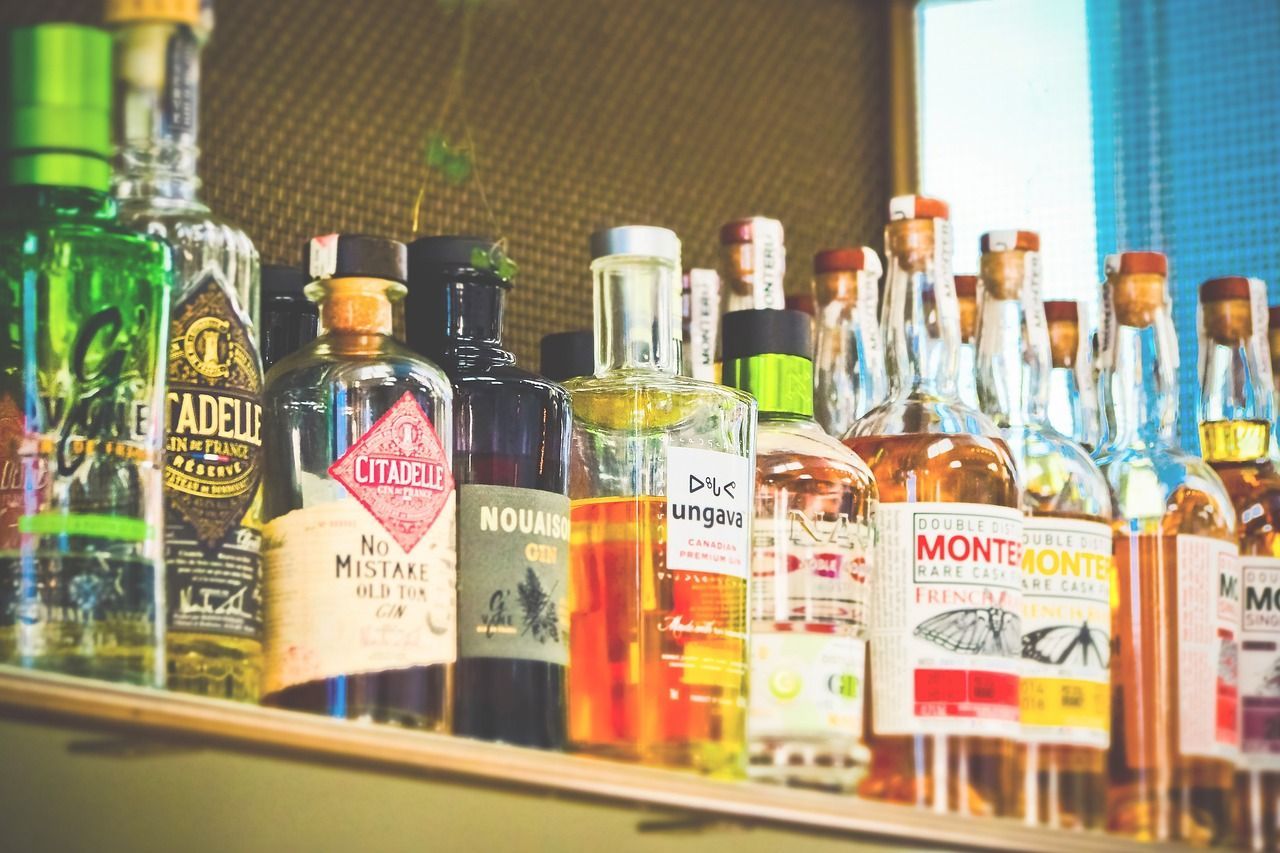
Proofing with a Distiller's Parrot
Using a distiller's parrot to prove the level of alcohol content in distilled spirits is an old method for determining the alcohol level of distilled spirits. A distiller's parrot can be attached to a still that collects a small specimen during filtering. The specimen is subsequently examined to determine the alcohol concentration in the spirit.
Follow these steps to proof with a distiller's parrot:
- Connect the still to the distiller's parrot. The parrot has always been attached to the lyne arm or still's condenser, where it can gather a tiny portion of the spirit when the distillation process continues.
- Take a sip of the spirit. A small portion of the spirit is accumulated in the distiller's parrot while it's distilled. The alcohol level of the distilled spirit can be determined using this sample.
- Determine the sample's alcohol concentration. An alcoholmeter or hydrometer can determine the sample's alcohol concentration. The proof of a distilled spirit is usually determined by a scale of 0 to 200, with 100 proof equaling 50% alcohol by volume.
Use of ABW method
Another measurement of alcohol concentration is the percentage of alcohol by weight (ABW), which is less commonly used but is still important to understand. ABW measures the amount of alcohol in a given volume of distilled spirits relative to the total weight of the liquid. However, because alcohol is less dense than water, ABW percentages are generally lower than ABV percentages for the same drink. For example, a distilled spirit of 40% ABV would be roughly 32% ABW.
To determine ABW, you must first know the spirit-specific gravity: its density compared to the density of water and the percentage of alcohol by volume (ABV) in the spirit.
The following formula is employed for determining ABW:
ABW = (ABV multiplied by 0.78924) / SG
Where ABV denotes the percentage of ABV, SG denotes the spirit-specific gravity, and 0.78924 denotes the density of alcohol at 20°C in grams per milliliter.
In the United States, ABW is frequently used to gauge the alcohol concentration of beer because federal regulations mandate beer labels to include the ABW in the more widely utilized alcohol by volume (ABV) measurement. However, in the majority of other nations around the globe, ABV continues to be the preferred way to calculate the alcohol content.
How Different Factors Affect Levels Of Alcohol In Distilled Spirit
The ingredients used, the aging process, the distillation process, and environmental factors can all significantly affect the alcohol level, taste, quality, and potency of distilled spirits. The amount of sugar in the ingredients and the type of ingredient used can impact the alcohol level and flavor profile. The aging process can lead to a decrease in alcohol content, but also improve the complexity and smoothness of the flavor profile. The distillation process separates alcohol from water and impurities, and its effectiveness and number of distillations can affect the quality and alcohol content. Environmental factors such as temperature, humidity, and atmospheric pressure also impact the distillation process and alcohol content. Distillers must carefully control and monitor these factors to produce consistent, high-quality spirits.
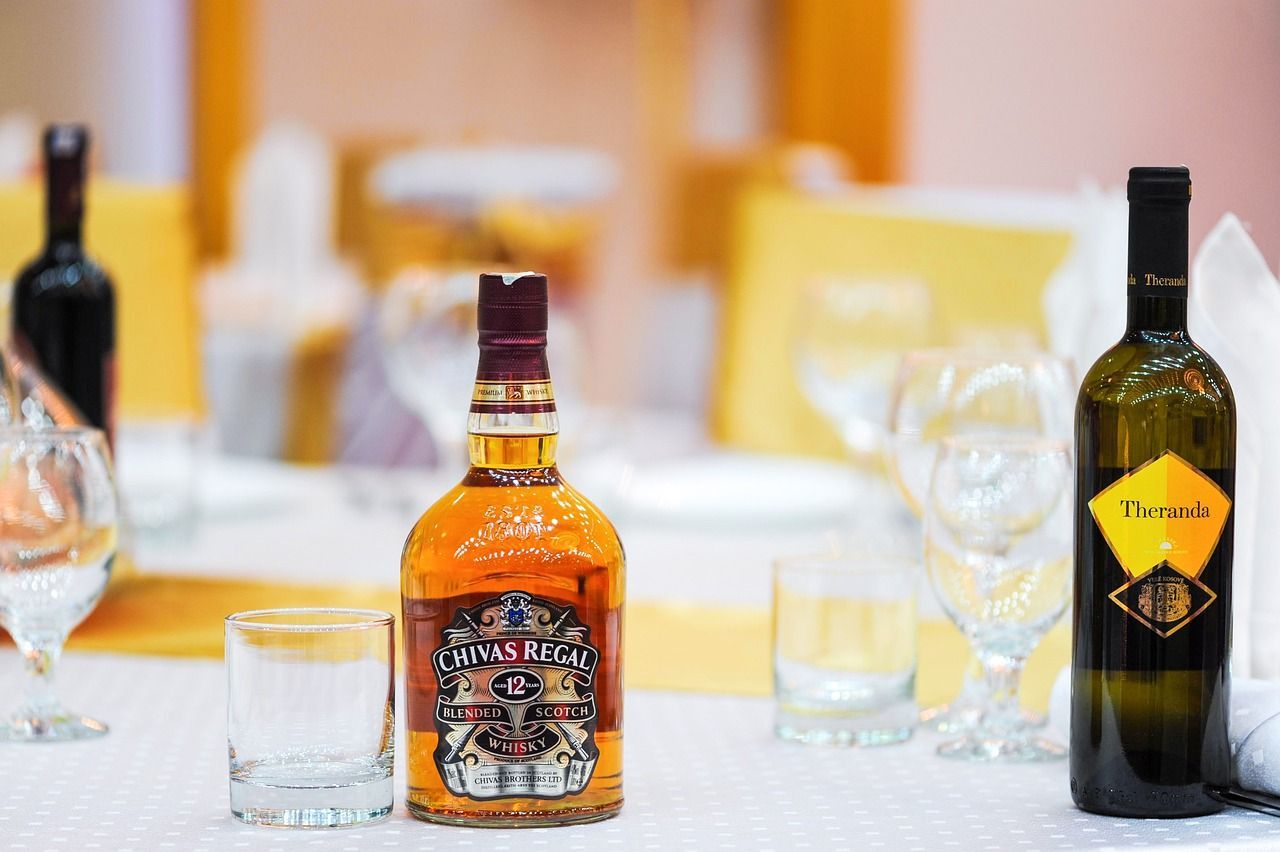
The Ingredients Used
The ingredients used in making distilled spirits can significantly impact their alcohol level, taste, quality, and potency. The amount of sugar in the ingredients can influence the final alcohol concentration of the spirit. A greater amount of sugar can lead to an increase in alcohol content.
The spirit's flavor may also be affected by the kind of ingredient. A whiskey produced from barley may have a varying taste and smell compared to whiskey produced from rye or corn. Similarly, the kinds of fruit used to produce rum or brandy can influence the aroma and flavor of the final product.
Furthermore, the general quality of the distilled spirit can be affected by the ingredients that are used. Higher ingredients quality can lead to a more intricate taste profile in a spirit.The ingredients utilized during the production of a distilled spirit may seriously influence its alcohol level, flavor profile, and overall quality. Production companies hand-pick their ingredients to accomplish their goals: a distinct flavor profile, high alcohol content, or a high-quality product.
The Aging Process
The aging process could significantly affect the alcohol content of distilled spirits. When a distilled spirit is aged in a wine barrel, some of the alcohol evaporates. The process could result in a lower alcohol level in the finished product.
On the other hand, the aging process can majorly impact the distilled spirit's potency, taste, and general quality. As the spirit ages, the flavor profile changes due to the wood from the barrel instilling its aromas and flavors. Consequently, the flavor profile may be more complex and smoother.
Besides that, by letting the alcohol touch the barrier wood and absorbing additional aromas and flavors, the aging procedure may boost the effectiveness of the spirit. As a result, the spirit will be more flavorful and intense.
Aging is an important process for manufacturing many distilled spirits. While it may result in less alcohol, it may also improve the final item's flavor profile, strength, and overarching quality.
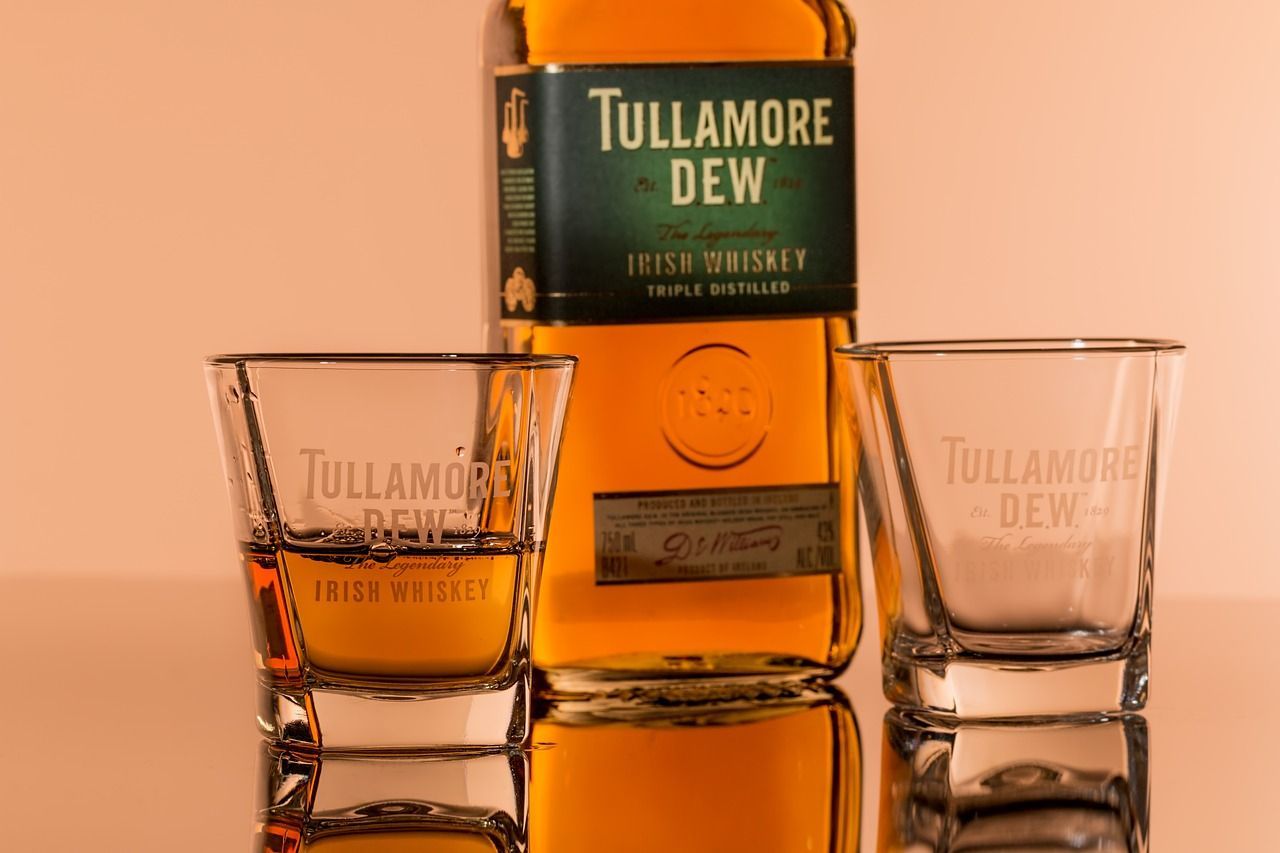
The Distillation Process
The distillation method separates alcohol from water and other impurities in the brewed mixture. The fermented substance is heated, and the vapors are accumulated and cooled back into liquid form. As a result, the distilled spirit has a higher alcohol level.The distillation's effectiveness can also affect the amount of alcohol in the final result. If the distillation procedure is not performed correctly, some alcohol might be lost, decreasing alcohol content.
Moreover, the time a spirit is distilled could affect its alcohol content. A whiskey that has been double distilled, for instance, may have a greater amount of alcohol compared to a whiskey that has only been distilled once. Generally speaking, distillation is an important process for manufacturing several distilled spirits. It enables alcohol to be separated from water and other impurities, leading to a greater alcohol level in the finished product. A spirit's effectiveness and number of distillations can affect its quality and alcohol content.
Environment factors
Temperature, humidity, and atmospheric pressure are all environmental factors that influence alcohol content in distilled spirits. Distillation is the method of burning a fermented fluid to a temperature which provokes the alcohol to vaporize, after which it is condensed and obtained as a focused liquid. The amount of alcohol accumulated is determined by the distillation system's pressure and temperature and the alcohol concentration of the fermented liquid.
Because temperature influences the boiling point of alcohol, it is an essential consideration when assessing the alcohol concentration of a distilled spirit.
Higher temperatures cause more alcohol to vaporize and be collected, while cooler temperatures cause less alcohol to be collected. Humidity also influences the distillation process by changing the boiling point. Humidity also influences the distillation process by changing the fluid's boiling point and, as a result, the amount of alcohol collected. Because high humidity causes a greater point of boiling, very little alcohol is collected.
The distillation process is also influenced by atmospheric pressure. Elevated atmospheric pressure may result in a greater boiling point and less alcohol being collected. On the other hand, less atmospheric pressure could lead to a lesser boiling point, which implies much alcohol would be collected. Environmental variables affect a distilled spirit's alcohol level, and winemakers must cautiously control and monitor these factors to produce constant, high-quality spirits.

The Impact of Alcohol Levels on Tasting and Drinking Experience.
The alcohol content of a distilled spirit significantly impacts its taste and drinking experience, with high alcohol levels potentially overpowering delicate aromas and flavors, while lower levels can enhance them. Alcohol content also affects the psychological and physical impacts of drinking, with higher levels impairing judgment and lower levels promoting calmness. The optimal alcohol level depends on the type of spirit and its intended use, with sipping spirits typically having lower alcohol levels to highlight their richness of flavor, while cocktail spirits have higher alcohol levels to stand up to other flavorings.
The Taste Of The Distilled Spirit
The amount of alcohol in a distilled spirit may significantly impact its drinking experience and flavor. High alcohol content can exceed a spirit's delicate aromas and flavors , causing it to taste burnt or hot on the tongue. It can also cause a thicker, extra viscous mouthfeel. Lower alcohol content, however, can enable more sensitive aromas and flavors to be noticed, resulting in a more enjoyable tasting experience.
The Physical and Psychological Impacts
The psychological and physical impacts of drinking are also affected by alcohol levels. High amounts of alcoholic consumption could impair cooperation and judgment, whereas low concentrations can enhance calmness and stress reduction. Moreover, alcohol content can affect the kind of drinking experience that a person has.A higher alcohol level in vodka, for instance, can result in a bold and strong cocktail. In contrast, a lower alcohol level in whiskey provides a more nuanced and complex sipping experience.
The Flavor And Aroma Of Distilled Spirit
The optimal alcohol level differs depending on the kind of spirit and its destined use. For example, a sipping tequila might have a lesser alcohol content to enable the richness of the flavors to be recognized. In contrast, a cocktail gin might have more alcohol to stand up to many other flavorings in the drink.
Alcohol levels significantly impact the overall taste and drinking encounter of distilled spirits. Understanding why alcohol level affects aromas, flavors, mouthfeel, and the psychological and physical consequences of drinking can assist consumers in making informed decisions and appreciating the nuances of various types of spirits. To ensure an enjoyable and balanced drinking experience, wine distillers should also consider the ideal alcohol concentration for their products.
Finally, understanding the significance of alcohol content in distilled spirits would be critical to having a responsible and fun drinking experience. We've discussed how various factors like distillation, fermentation, environmental factors, and aging can affect the alcohol content in distilled spirits. These levels also impact the taste, consumption mentality, mouthfeel, aroma, and mental and physical consequences.
Drinking responsibly and choosing wisely about what we eat and drink is critical. We can love the different flavors and complexity of various spirits while minimizing the negative effects of excessive consumption. Understanding the alcohol concentration of the spirits we take and the possible impact of usage on our minds and bodies is part of this.The significance of alcohol content in distilled spirits can't be overstated. To guarantee an effective and exciting experience, distillers and consumers must consider the effect of alcohol concentration on taste and responsible consumption of spirit.
